Here are the Best Fruit Peels You Can Use as Fertilizers for plants in your garden! An organic way to boost the growth of your green friends!
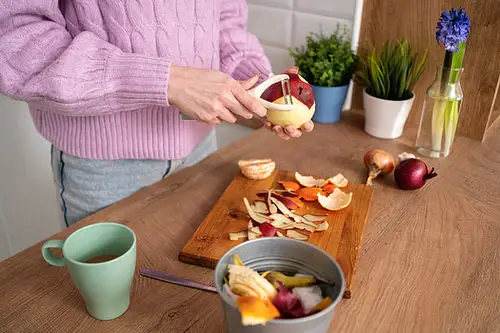
If you are tossing away those fruit peels in the waste bin, you may lose out on many essential nutrients that could otherwise be very beneficial to your garden! Surprised? Here are the Best Fruit Peels You Can Use as Fertilizers!
Learn how to make a powerful yeast fertilizer at home here
Best Fruit Peels You Can Use as Fertilizers
1. Banana Peels
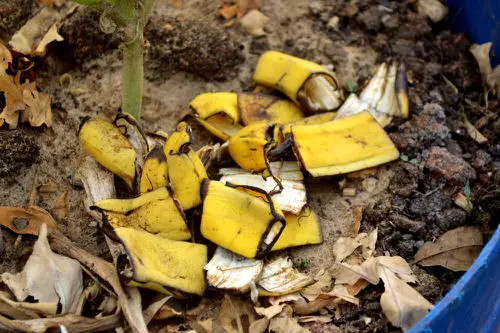
Banana peels are rich in potassium, manganese, and calcium, which encourages growth, increases flowering and fruit production, and provide a healthy boost to your plants.
You can also raise the macronutrients in the soil by adding banana peels.
Use it for vegetable plants like peppers, chilies, and tomatoes for a bumper harvest!
We have a detailed article on banana peel fertilizer here!
2. Orange Peels

Orange peels contain potash, iron, zinc, calcium, and citrate, which is excellent for green vegetables and other fruits, improving soil morphology and fulfilling the requirements of micronutrients.
The peels also contain good nitrogen levels that can benefit the plants, helping in better leaf and flower growth.
Grind 4-6 orange peels with 100-200 ml of water to make a paste. Dilute it with water in a ratio of 1:1 and add it to the growing medium once in 6-8 weeks.
3. Pomegranate Peels

Do you think that pomegranate seeds are the only valuable parts? Think twice. The peel contains a healthy amount of potassium, iron, calcium, copper, phosphorous, and zinc, which can be helpful for plants in a variety of ways.
These components can also help increase the macronutrients in the soil, which helps in better foliage, fruits, and flower production in plants.
Cut 4-6 pomegranate peels into smaller pieces. Then, grind them by adding a cup of water. Make sure you dilute the thick paste before using it to water the plants in a ratio of 1:5.
Check out some fantastic Pomegranate Peel uses in the garden here
4. Mango Peels
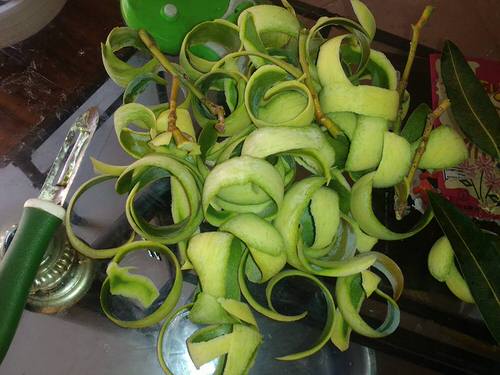
Mango peels have vitamin A, C, B6, copper, folate, and dietary fiber. It makes them a perfect organic fertilizer for your garden, where you can use it for flowers, herbs, and vegetables, as it can boost growth by a good margin.
Cut the peels into tiny pieces, place them in an airtight container, and add one glass of water. Shut the lid tight, and let it sit for 1-2 days.
Stir the peels the next day and let them rest again for 1-2 days. Then grind this solution in a mixer to blend the peels. Mix it with water in a ratio of 1:2 and use it to water the plants once in 4-6 weeks.
5. Lemon Peels
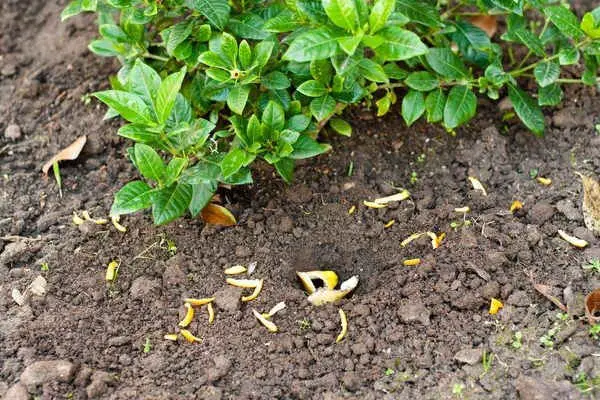
Lemon peels are an excellent source of nitrogen, phosphorus, and potassium. Adding them to compost is a great way to make them nutritious.
The peels can also be used to acidify the soil. Just dry the citrus peels and grind them into a powder. Sprinkle this on the soil and mix it.
Take peels, cut them into small pieces, and dry them in the sun for 3-4 days. Now, grind them in a blender and mix a handful per plant once in 5-7 weeks. It will boost the growth of foliage and flowers.
Check out some Awesome Citrus Peel Uses in the Garden here
6. Grapefruit Peels
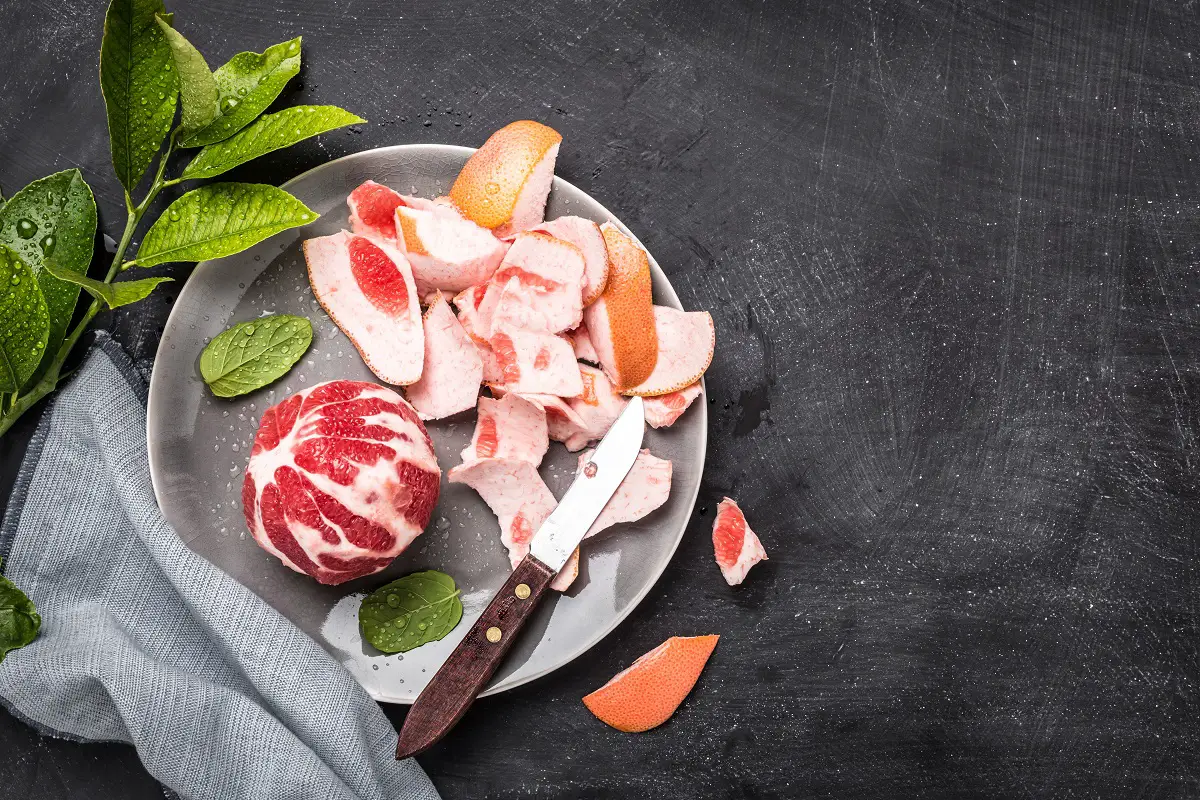
Grapefruit peels include potassium and phosphorous that are beneficial to plants in many ways, helping in fruit and flower production.
Just break down the peels into smaller pieces and allow them to dry up naturally. Crush to make a powder and add a handful for it in the growing medium once a month for best results.
7. Apple Peels
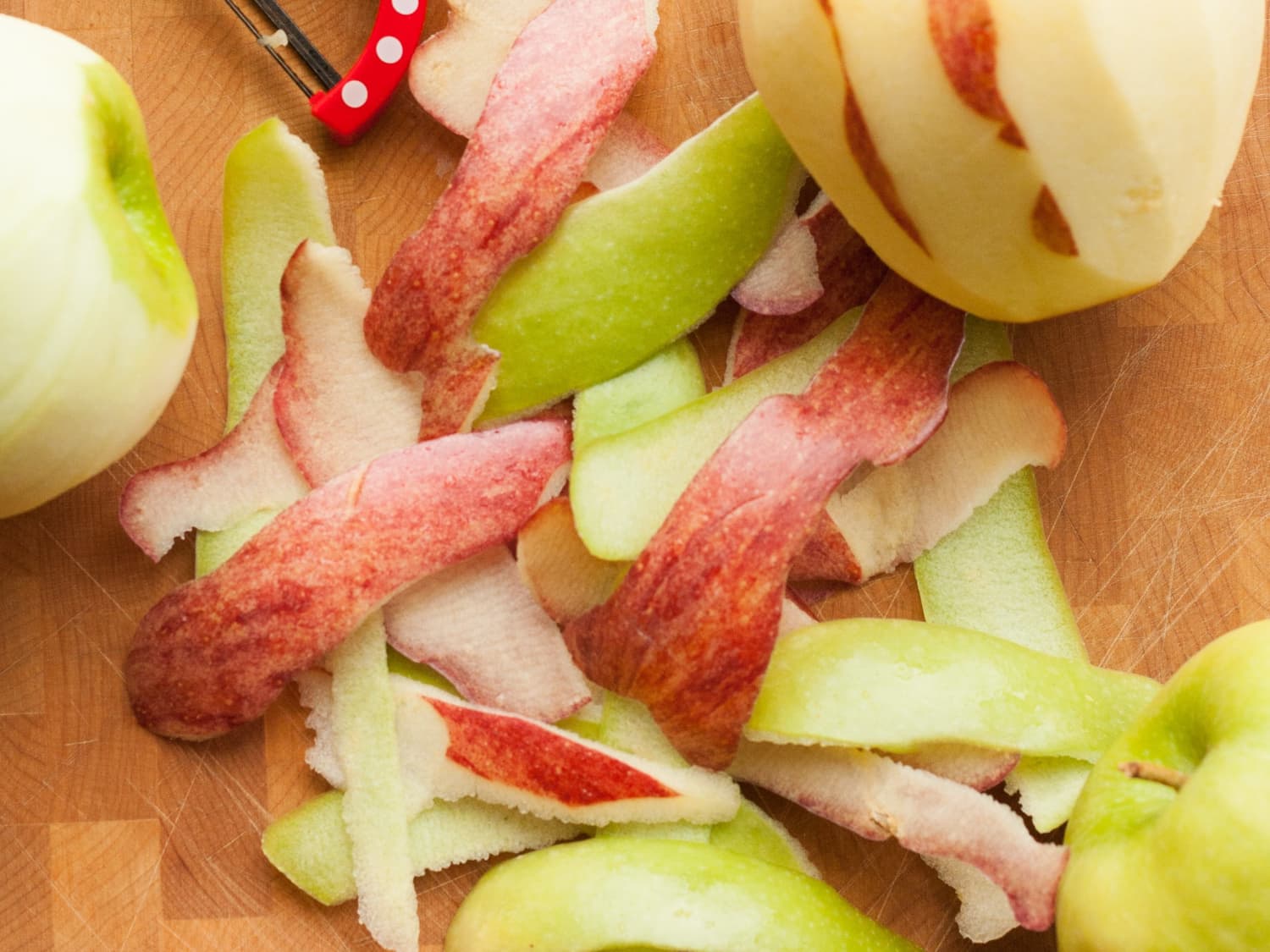
Apple peels are loaded with potassium, Vitamin A, vitamin C, folate, iron, calcium, and phosphorus that could be healthy for your plants’ overall growth and development.
Collect peels and blend them in a grinder by adding half a cup of water. Dilute it in a ratio of 1:1 with water and use it on plants once in 6-8 weeks.
To make it more potent, add a teaspoon of coffee grounds. You can also mix the peels directly in the growing medium and let them decompose on their own. This way, they will act as a slow-release fertilizer.
8. Papaya Peels
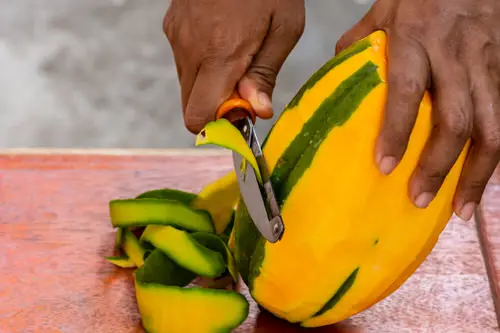
According to this study, using papaya peels on plants has better results than any commercial fertilizer.
Using it regularly helps in the growth of leaves, leaf area, plant height, stem growth, shoot, root biomass, and root length, as the peels are a good source of protein, fiber, minerals, and β-carotene contents.
Cut the peels into smaller bits and mix them into the growing medium for lush growth and bigger flowers.


